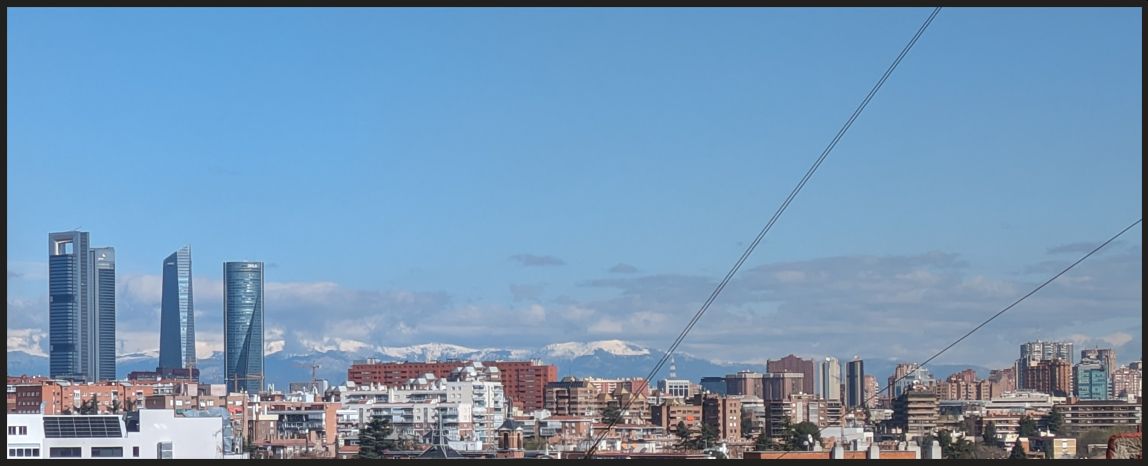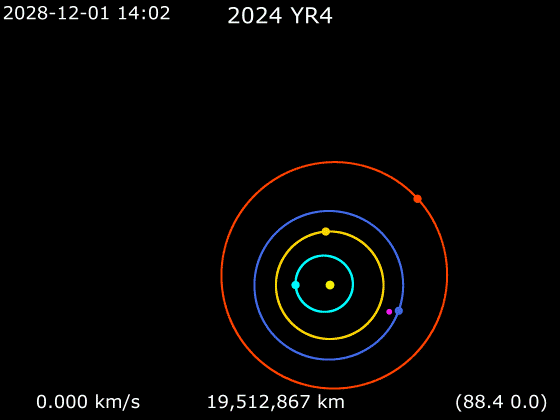
Spring officially started last Thursday, but until today it has not been felt, and then all at once like someone flipped a switch it has stopped raining and there are blue skys again!
Without exaggerating it has been 3 or 4 weeks without seeing any blue skys, something that is not normal in Madrid, and a quick search confirms it
The month of March 2025 will go down in the history of meteorology in the Community of Madrid as the rainiest March since records have been kept: 1893. But this is not the only data that the rains of these days will leave for posterity. The Madrid-Retiro observatory, according to data from Embalses.net, has exceeded 200 l/m², a historic rainfall record in the city: nothing like this has been seen in the 130 years that records have been kept.
The good side of all the grey raining days: I have a keen appreciation for the blue sky, the stronger spring light, fuzzy trees, not being in the dark on the roof at 06:45 doing morning exercises, and warming days! It is like I have never lived a winter to spring transition in my life!
Thanks for reading and feel free to give feedback or comments via email (andrew@jupiterstation.net).



